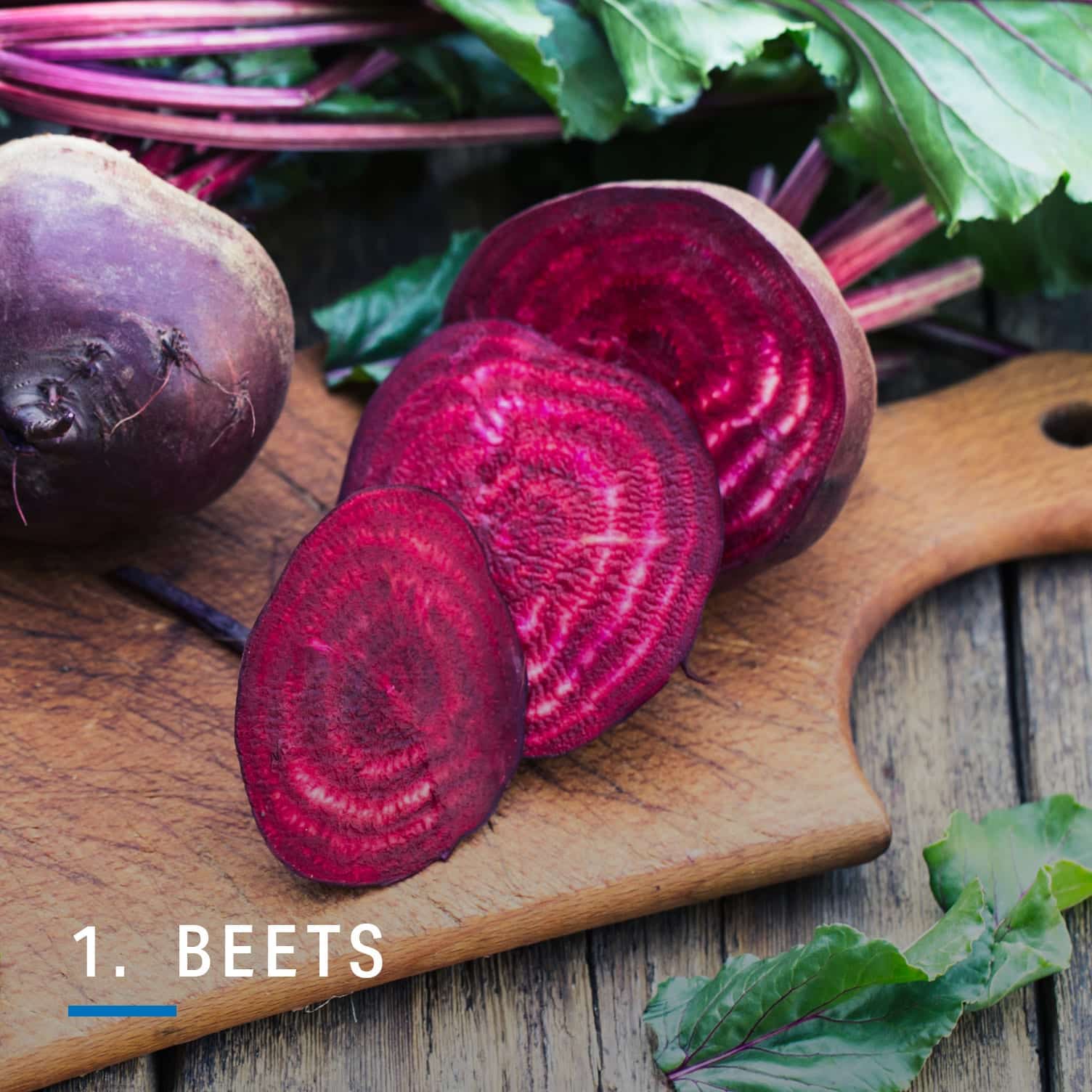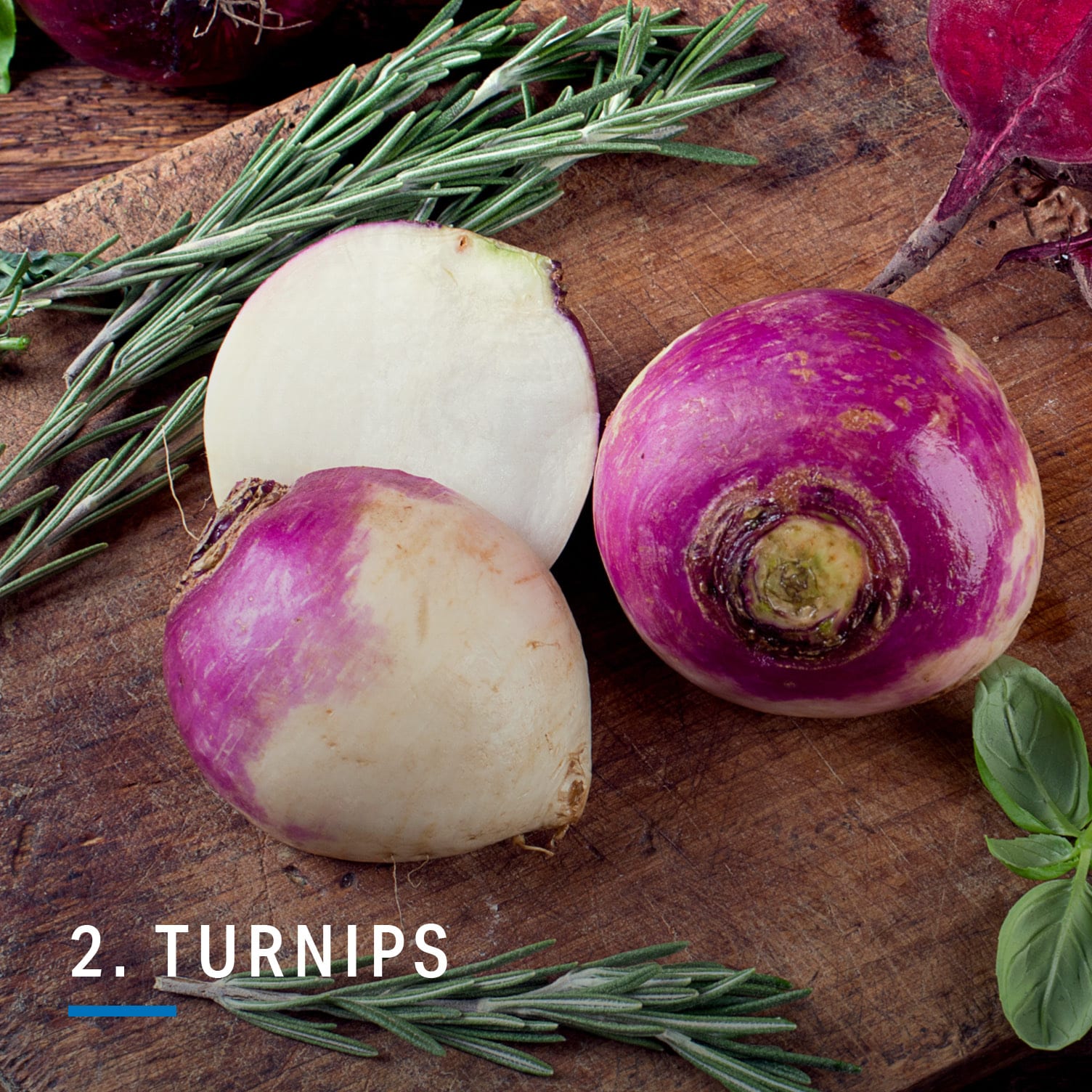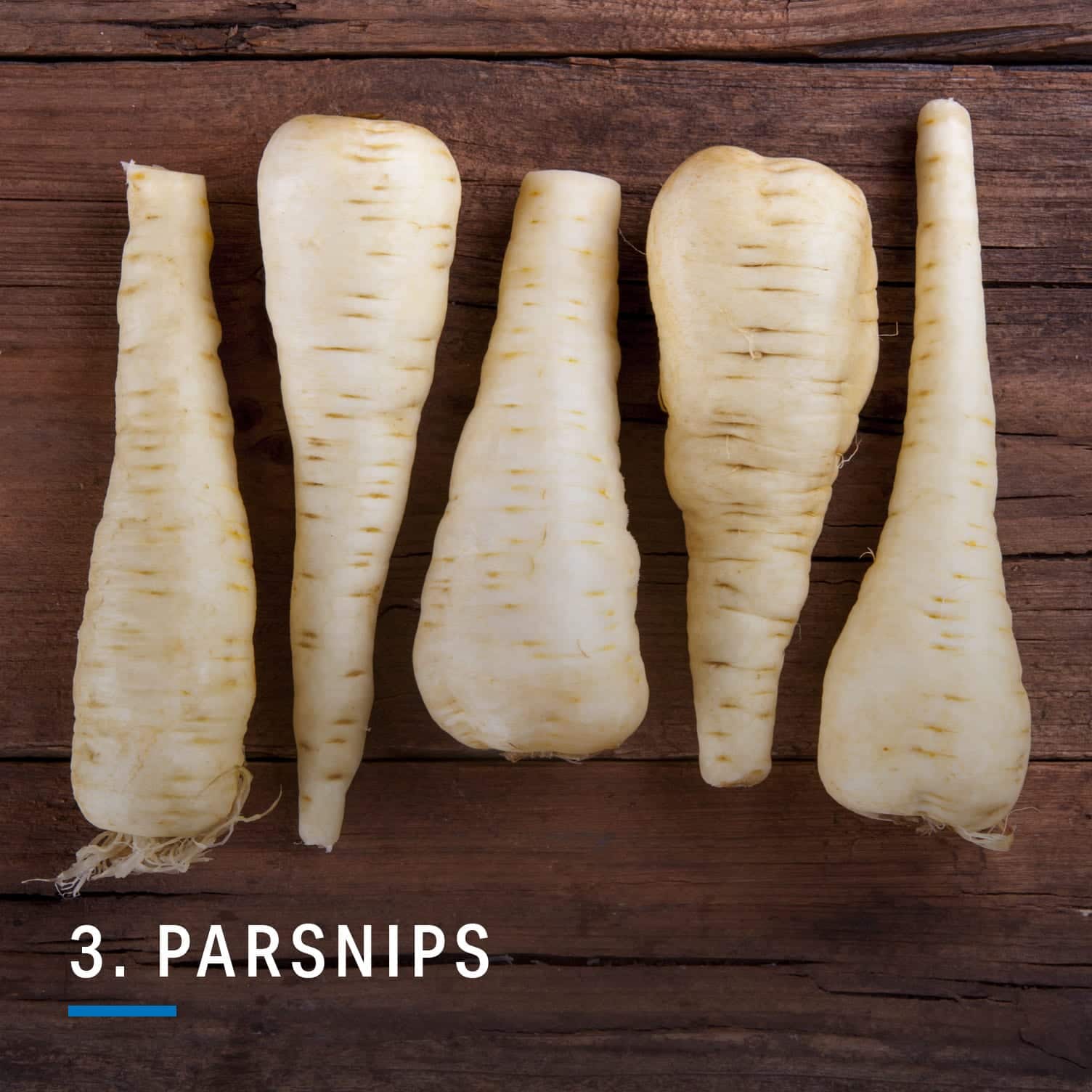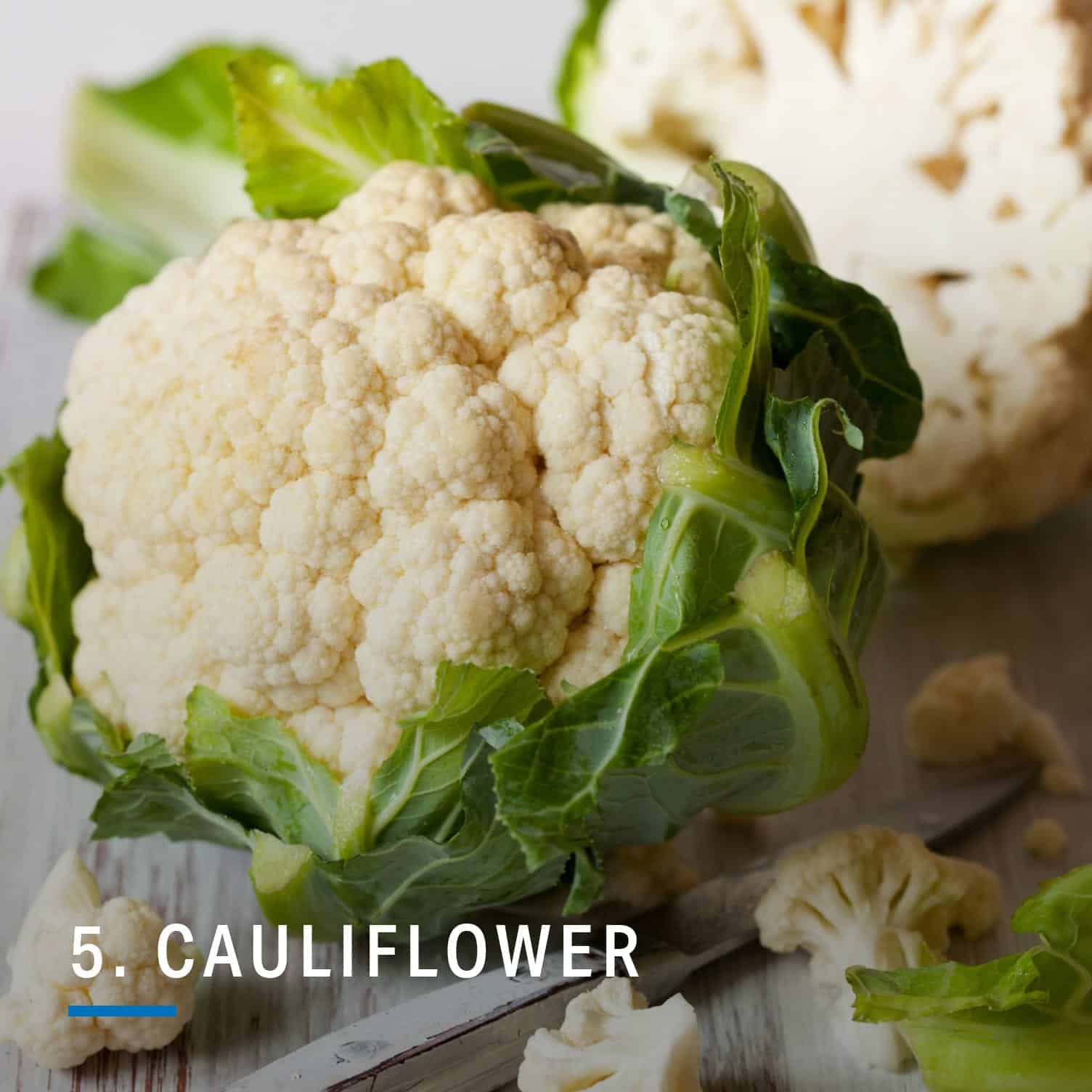As we head into the holiday season, many of us start thinking about comfort foods, recipes and cozy rituals. Thanksgiving is a time to be thankful for what you have and embrace friends, family and traditions. It can also be an opportunity to welcome new foods to the table. While we all love the classic Thanksgiving offerings (turkey, sweet potato casserole, stuffing), there are endless opportunities for spicing those traditional items up or adding new flavors and vegetables to your spread.
Here, five underappreciated foods to incorporate this season.

While beets are typically known for their “earthy” quality, they can also bring a subtle sweetness to a dish. Try roasting them to add to salads or other roasted veggies like sweet potatoes and carrots.
To upgrade your typical cranberry sauce, try boiling the beets and simmering them down to a thick puree. It’s an easy way to add more nutrients — like fiber, potassium and protein — to your typical cranberry sauce.

These vegetables, known for their attractive purple tops, are low in calories and high in vitamin C and fiber. They also provide other micronutrients, like B vitamins, potassium, calcium and magnesium. Because turnips are great at soaking up flavor, they can also provide a hearty element when added to stews and stuffings.
Try sauteeing the greens in garlic and olive oil and topping them with salt, pepper and lemon juice for an easy vegetable side. Or you can make mashed turnips by boiling them until tender, and mashing with butter, salt, pepper and garlic — add bacon or cheese to increase the flavor.

While parsnips resemble the taste and texture of carrots (their cousin), they have a sweeter taste, especially when cooked. They can be baked, boiled, pureed, roasted, grilled or steamed. A 1/2-cup serving provides 3 grams of fiber, as well as small amounts of folate, potassium and vitamin C. Roast them as fries for a creative side or throw them in with some steamed carrots.

These spicy root vegetables are commonly eaten raw as a crunchy salad addition. They’re rich in vitamin C and also contain potassium, vitamin K, folate, calcium and magnesium. To take some of the zest and crunch away (and add some sweetness and juiciness), they can be sauteed or roasted. You can also add them to your turkey and cranberry sauce sandwich or try them pickled.

The cruciferous vegetable is excellent sources of vitamin C, vitamin K and several antioxidants. Its mild taste makes it a versatile ingredient for soups, vegetable dishes and salads. Whether you decide to roast the cauliflower whole, mash it in potatoes with butter, garlic and thyme, or chop it up and add it to a salad, it’s a great way to add more bulk and nutrients with few calories.




